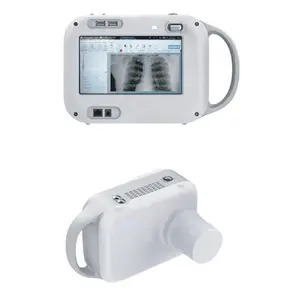Popular in your industry













Top categories
About rayme portable dental xray
Exploring the Versatility of Rayme Portable Dental X-Ray Machines
The Rayme portable dental X-ray machine stands as a pivotal tool in modern dentistry, offering a blend of convenience and functionality for dental professionals. This category encompasses a range of equipment designed to facilitate oral imaging with ease and precision.
Types and Materials
Portable dental X-ray units come in various classifications, including Class II, Class I, and Class III devices, each adhering to specific regulatory standards. The construction of these devices often involves robust materials such as plastic, metal, and steel, ensuring durability and reliability in various dental settings.
Applications and Features
The primary application of a portable dental X-ray system is to obtain dental radiographs. These systems are equipped with features that may include different operating modes, adjustable settings, and manual controls, providing versatility for both routine dental assessments and more complex diagnostic tasks.
Advantages of Portability
Portability is a significant advantage, as it allows dental practitioners to utilize the mobile dental X-ray unit across multiple rooms or in settings lacking permanent radiography installations. This flexibility is essential for practices aiming to optimize their space and for those providing outreach dental services.
Choosing the Right Portable Dental X-Ray
Selecting the appropriate portable dental radiography equipment requires consideration of various factors, such as the device's compatibility with other dental imaging systems, ease of use, and the type of imaging it provides. While making a selection, it is crucial to consider the specific needs of a dental practice.
Compliance and Safety Standards
Safety and compliance are paramount in dental radiography. Portable X-ray units must meet regulatory standards, which can be indicated by certifications such as ISO. These standards ensure that the equipment is safe for both the patient and the operator, and that it produces reliable imaging results.











